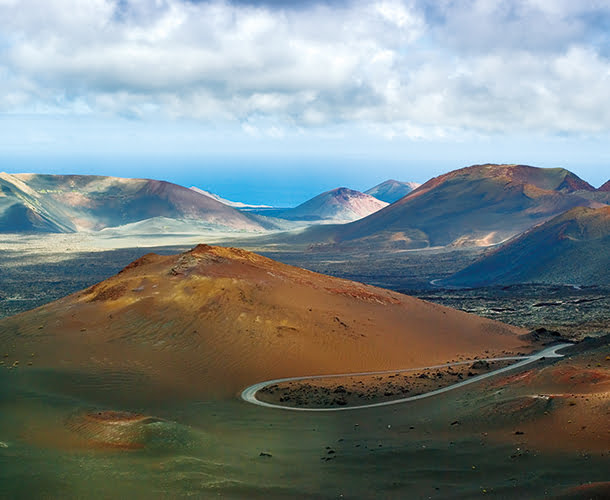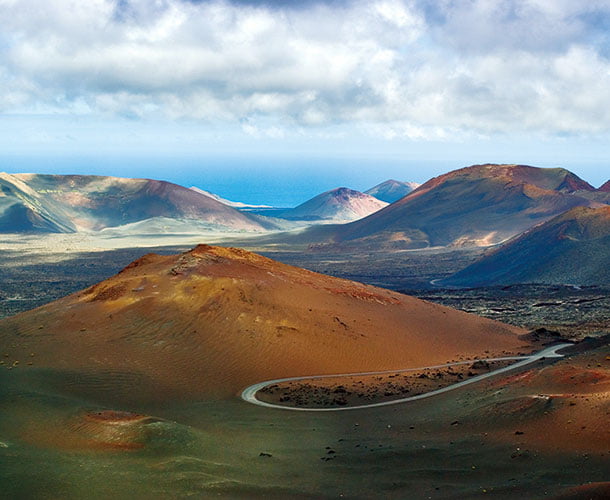 Fire and Water – This is a Lanzarote water revolution
Fire and Water – This is a Lanzarote water revolution
The dramatic discovery of an immense deposit of fresh water beneath the volcanoes of Timanfaya could change Lanzarote’s future. “Lanzarote was never the dry island lacking in underground water resources that the history books tell us it was. Today we are here to announce the discovery of the aquifer at Timanfaya.”
These were the dramatic words of Carlos Meca, spokesman for the Podemos party in the Cabildo, at a press conference announcing the discovery of a huge underwater reservoir which he claims could make water cheaper for islanders and reduce Lanzarote’s dependence on desalinated water.
Engineer Carlos Soler has spent two decades claiming that there was water beneath Timanfaya, but it was only two years ago that Podemos hired him to carry out an official report. With support from the César Manrique Foundation and the car-hire firm CICAR, Soler completed his report and was the centre of attention at the press conference announcing the discovery.
Soler’s report claims that the 18th century volcanic eruptions in Timanfaya created a huge impermeable rock basin measuring 200 square kilometres in which water has accumulated for over two centuries. This means that there is an underwater aquifer containing between 12 to 17 cubic hectametres of water (one hectametre is roughly the length of a football pitch).
Soler claims that this water could be extracted by means of an underground dam, and that 50% of the annual rainfall on the island could be diverted to Lanzarote’s water supply. This would mean water could be sold at a price of 10 cents a tonne, providing water that is “cheaper and of better quality” than the supply currently provided by the desalination plant between Arrecife and Costa Teguise.
However, the engineer stressed that further, more precise reports needed to be made on the extent of the water supply, and how it could be extracted in one of the most environmentally protected areas of the island.
Carlos Meca said the discovery could mark “another revolution” for water supplies on the island, pointing out that the first revolution was caused by Manuel Diaz Rijo’s desalination plant.
“Who would have believed that the biggest source of water on the island was not the enormous, long-disappeared mareta in Teguise, not the dam at Mala, the galleries at Famara nor the Maretas del Estado in Arrecife, but instead lay under the volcanic badlands that modelled our landscape?” said Meca.

